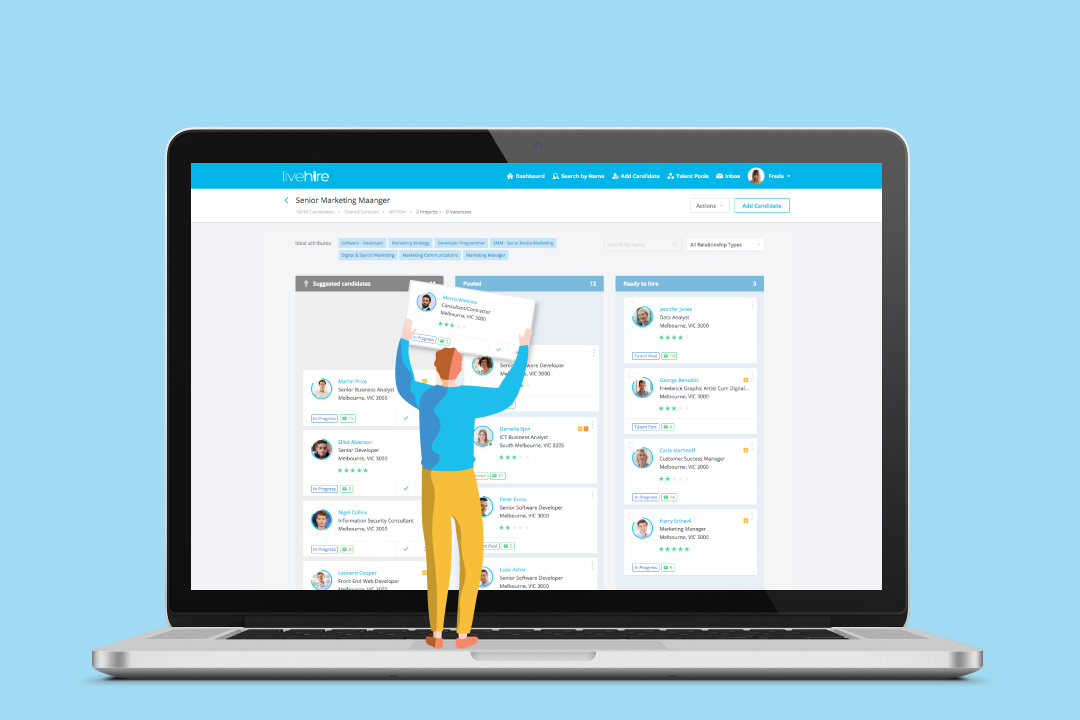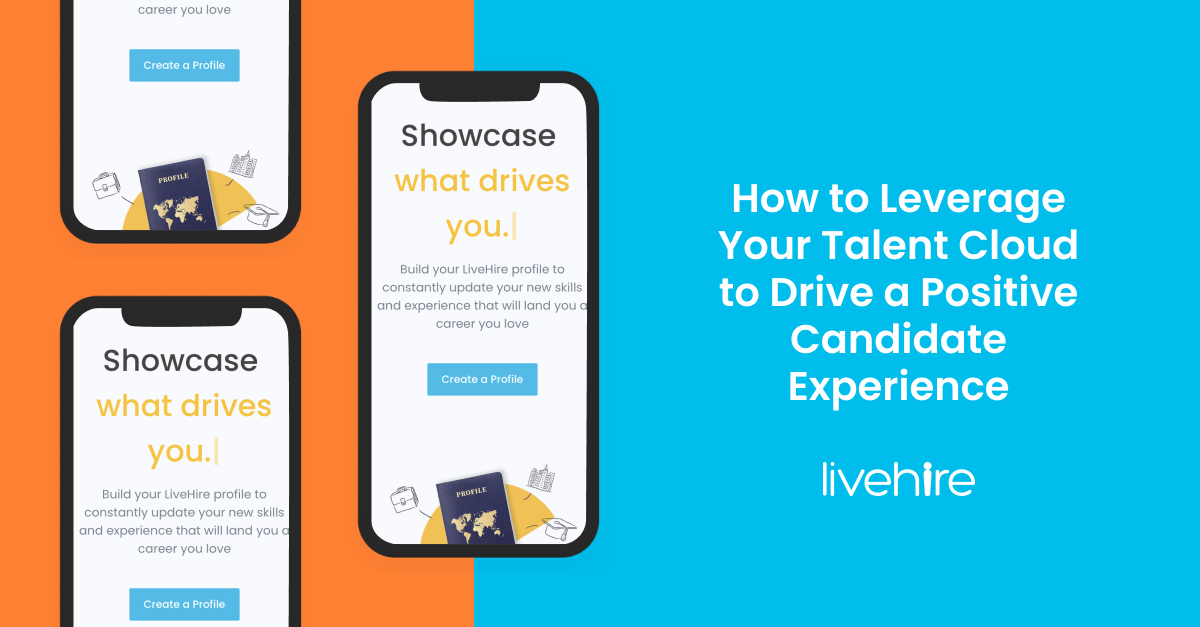
You might think that taking a planned approach to recruitment sounds nice in theory, but how do you put it into practice? And why should you care?
Hiring needs generally come from TWO key avenues:
- Attrition (mostly unplanned)
- Incremental Hiring (mostly planned)
So how do you plan for both scenarios?
Your workforce plan is a great place to start (and if you don’t have one, create one!). Sit down with your Hiring Managers and HR Business Partners to understand who’s at risk across the business or who might be ready for a promotion. This will help you get a feel for any movement across the business over the next 6-12 months. Your business partners should have a good idea of expected growth over the same period and ideally, this will have been factored into your incremental headcount plan already.
Use data to tell a story and (you guessed it) help you plan
Having a workforce plan is one thing, but understanding how your hiring needs are trending over time is where things really get interesting. Perhaps you started out with a healthy 20/80 split when it came to attrition vs incremental hiring but over the past five years, you’ve seen that shift to more of a 50/50 split. That’s 50% of your hiring that’s mostly unplanned and you’ve seen it trending upwards. This is a definite red flag that you need to be one step ahead of the hiring game (and save your Talent Acquisition team from burnout!).
How to plan for the unplanned
Two words: Talent Pools. Who has the time I hear you ask? The great news is that you are already doing it, and your Silver Medalists are a great place to start. You might like to run an Expression of Interest to build out your Talent Pools and create a nurture campaign, so you can get to know your candidates over time and you can quickly bring them into your process when a hiring need arises.
There’s no need to ‘boil the ocean’ – it just isn’t feasible to Talent Pool every role, all the time. But, you can get strategic about it. Have those conversations with your Hiring Managers, stay close to the business and you will quickly get a feel for what’s ahead of you.
How to engage and nurture Talent Pools
So you’ve identified some roles you know are hard to fill and are likely to come up in the next six months or so. You’ve got a pretty healthy pool of talent building up but how do you engage with these folks when you don’t have a role to discuss with them yet?
- Create a content plan
- Personalise your content
- Create a dialogue with your prospective candidates
What you decide to share with candidates is entirely up to you. The usual suspects include company updates, leadership changes, employee benefits or recent awards. Really engaging and connecting with candidates often means going deeper than that. Create a dialogue, ask questions and understand what they truly value, so you can get to know each other and understand if there’s a good fit there before you invite them into your hiring process. Is this person aligned to our values and culture? Can we offer an environment of growth and development that they are looking for?
What it can mean for you
By having pools of ‘ready now’ candidates that you have pre-vetted in some capacity, will save you a huge amount of time, as you can bring them straight into your process when a role does come up. Our own data shows us that candidates that enter a process via Talent Pool are far less likely to withdraw compared to those that have come via job boards or those that have been passively sourced.¹
Ultimately, this means you don’t have to start on the backfoot – you already have a source channel working for you before you even needed it. There is a level of unpredictability with any business and there is some comfort in having a plan in place when things ‘come up’ like unexpected resignations or sudden growth.
So how do you plan for the unplanned when it comes to your own hiring strategy?
¹ LiveHire Data 2019
To find out more about how LiveHire can help you plan for the unplanned, request a demo today.
| Disclaimer: The information published in this section is of a general nature only and does not consider your personal needs. Where indicated, third parties have written and supplied the content and we are not responsible for it. We make no warranty as to the accuracy, completeness or reliability of the information, nor do we accept any liability or responsibility arising in any way from omissions or errors contained in the content. [We strongly recommend that you obtain independent legal advice on any employment law related matters]. |




